Google Nexus 5 vs Google Nexus 4
We pit new against old in a specs rundown
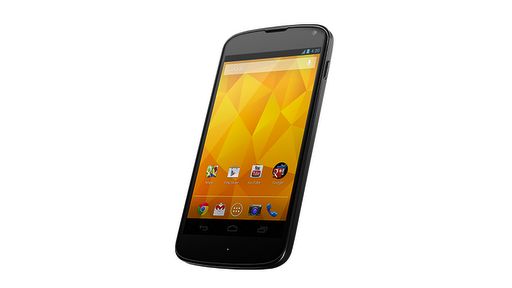
When the Google Nexus 4 launched late last year it was an almost perfect storm of top flight specs and rock bottom price and while it's since been out powered by the likes of the Samsung Galaxy S4 and HTC One, in terms of value for money it's still at the top of the heap.
Now the Nexus 5 is here and has a lot to live up to. So can it repeat the trick and be a worthy successor while still remaining affordable? Well, let's see...
Specs
The Google Nexus 4 has a 1.5 GHz quad-core Qualcomm Snapdragon S4 Pro processor and 2GB of RAM, while the Google Nexus 5 has a blazing fast 2.26 GHz quad-core Qualcomm Snapdragon 800 processor, but it sticks with 2GB of RAM, which is a bit of a disappointment since the Samsung Galaxy Note 3 has brought 3GB to the table.
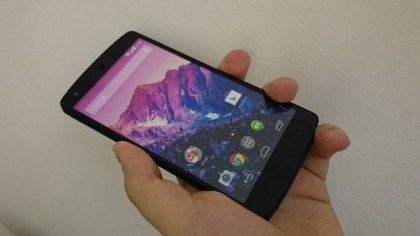
The Nexus 5 runs Android 4.4 KitKat, which is the brand new version of the OS, but the Nexus 4 will also likely be updated to that very shortly. In the meantime the Nexus 4 is on Android 4.3 Jelly Bean.
Design and dimensions
The Nexus 4 tends to feel a little chunky, though at 133.9 x 68.7 x 9.1mm it actually doesn't fare too badly compared to the competition, while at 139g it has a bit of weight to it but not so much that you'll feel burdened by it.
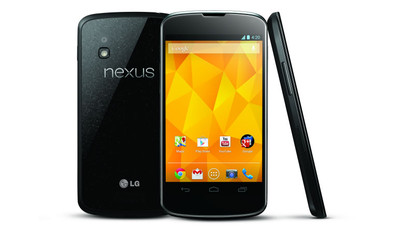
It's quite good looking as well, with a glass back complete with sparkly patterns to help it stand out from the crowd.
The Nexus 5 meanwhile is a similar shape, but ditches the glass back in favour of plastic. It arguably looks slightly less stylish as a result but it's bound to be more drop proof too. Its dimensions are 137.84 x 69.17 x 8.59mm, making it longer and wider but slightly slimmer than the Nexus 4. At 130g it's also lighter.
Get daily insight, inspiration and deals in your inbox
Sign up for breaking news, reviews, opinion, top tech deals, and more.
Screen
The Nexus 4 has a 4.7 inch 768 x 1280 True HD IPS Plus display with a pixel density of 318 pixels per inch. It's a decent screen but it's since been bettered, particularly in terms of resolution as it's only 720p.
The Nexus 5 uses Full HD IPS Plus display technology, but it's bigger than the Nexus 4 at 4.95 inches and higher resolution at 1080 x 1920. Despite the increase in size it also has a much higher pixel density of 445 pixels per inch.
Camera
One thing that never overly impressed on the Nexus 4 was it's camera. There's nothing inherently wrong with it but it just doesn't really stand out either. Its 8 megapixel sensor takes good but not great quality photos and it fares particularly poorly in low light conditions. Aside from the main camera the Nexus 4 also has a 1.3 megapixel front facing camera and can shoot 1080p video at 30fps.
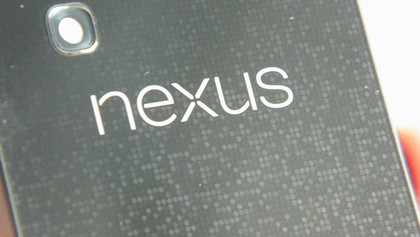
The Nexus 5 sticks with an 8 megapixel main camera, which is starting to seem a bit old hat, but it does at least add optical image stabilisation, which should make it easier to take blur free photos. Like the Nexus 4 it has a 1.3 megapixel front facing camera.
Storage
Storage has always been a bit of a problem for Nexus devices and the Nexus 4 is no exception. It comes with a choice of 8 or 16GB of built in storage, which isn't much to begin with, but the problem is compounded by the lack of a micro SD card slot.
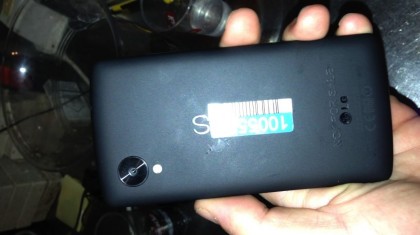
The Nexus 5 doesn't fare quite so poorly here as it ups the internal storage to either 16 or 32GB, but once again there's no micro SD card slot so it can't be expanded further.
Battery life and connectivity
The Nexus 4 has a 2100 mAh battery, which in practice proved slightly above average, holding out for over a day if you don't go overboard. The official figures from LG are up to 390 hours of standby time or up to 15 hours of talk time.
The Nexus 5 has a marginally bigger 2300 mAh battery. We haven't had a chance to put it through its paces yet but the official stats are talk time of up to 17 hours or standby time of up to 300 hours. So in theory it lasts a little longer in use, but not as long on standby.
It's also quoted for internet use of up to 8.5 hours on Wi-Fi or 7 hours on LTE.
In terms of connectivity options the Nexus 4 supports NFC and Bluetooth 4.0, alongside the usual selection of Wi-Fi, 3G and GPS. The Nexus 5 has all the same connectivity options but also supports 4G.
Price
You can now only get an 8GB Nexus 4 for $229 or a 16GB model from Google's Play store, priced at $299 outright.
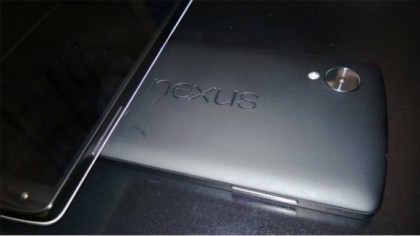
The Nexus 5 is launching at a slightly pricier, but still reasonable $399 outright, while a 32GB model is available for $449.
Conclusion
The Nexus 5 is an upgrade to the Nexus 4 in just about every sense. As before, corners seem to have been cut to keep the price down- the camera is only 8 megapixels and there's no expandable storage for example, but it looks like Google and LG have another great value smartphone on their hands.
- You've seen the Nexus 5 now see what's powering it.
James is a freelance phones, tablets and wearables writer and sub-editor at TechRadar. He has a love for everything ‘smart’, from watches to lights, and can often be found arguing with AI assistants or drowning in the latest apps. James also contributes to 3G.co.uk, 4G.co.uk and 5G.co.uk and has written for T3, Digital Camera World, Clarity Media and others, with work on the web, in print and on TV.